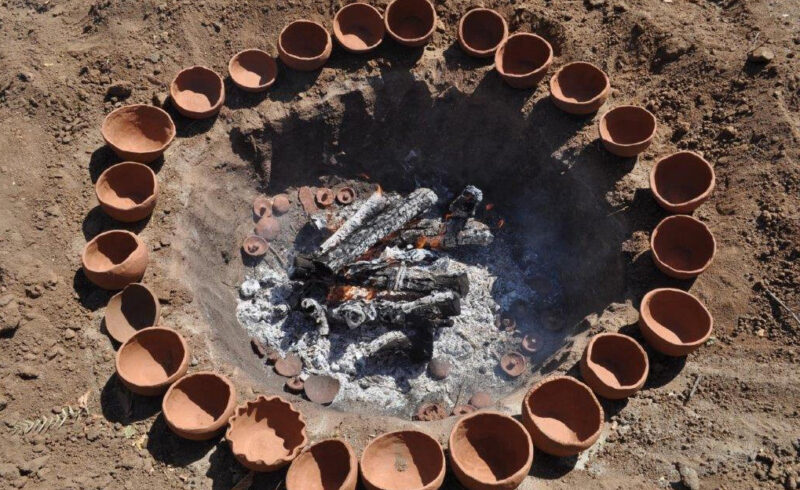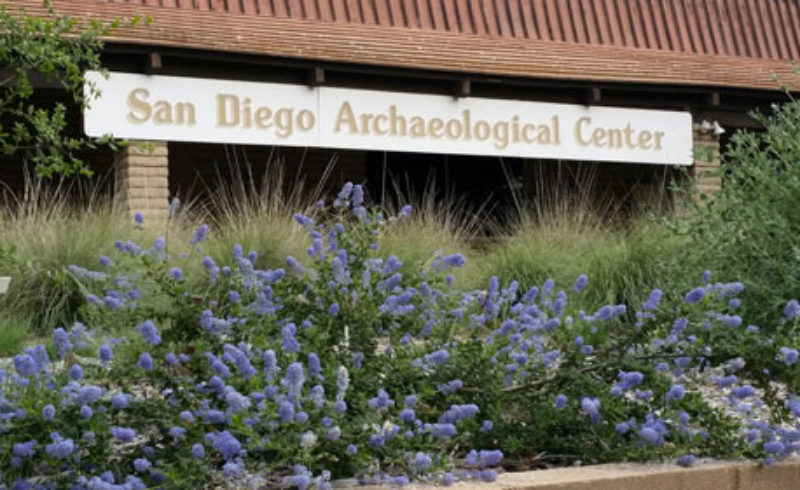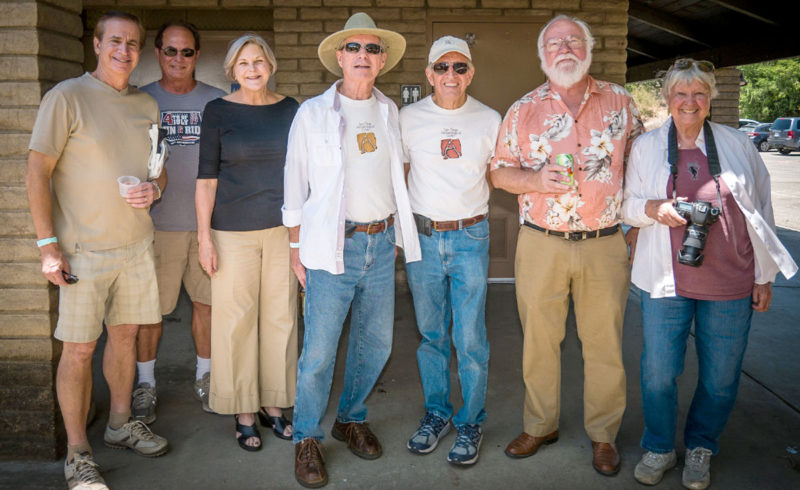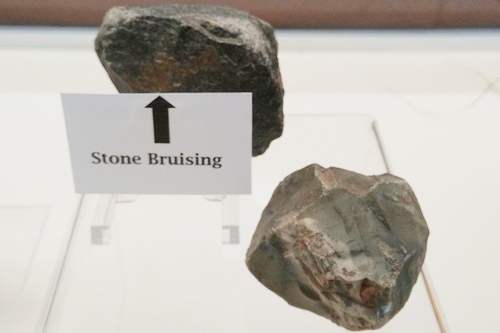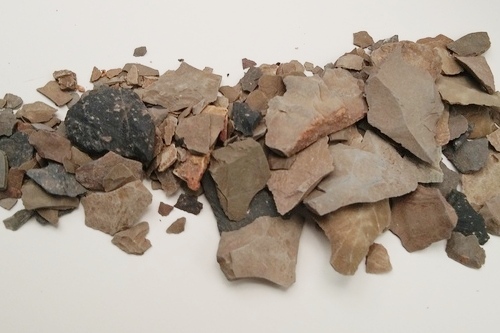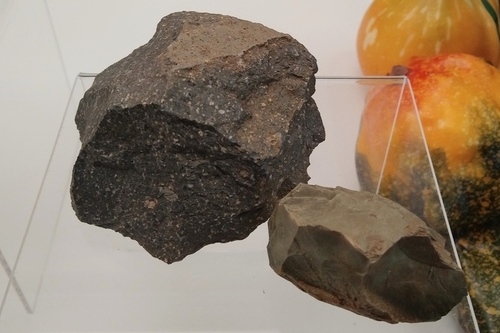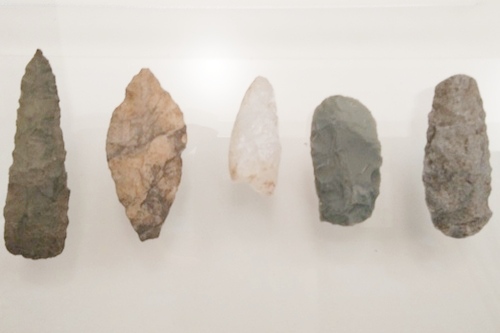Artifact of the Week: Hammerstone
Hammerstones were used to make other stone tools. They required little modification and were chosen for hardness and size. After use, hammerstones develop whitish areas called stone bruising. This happens when the other minerals in the stone are crushed. Knapping…
Artifact of the Week: Debitage
During the process of making stone tools, knappers produce many waste flakes. These tiny flakes and stone shatter are called debitage. By studying debitage archaeologists can gain a better understanding of how tools were made and what materials were preferred.…
Artifact of the Week: Core
Cores were selected as raw material to make stone tools. Flakes were stuck off the core and worked further until the desired shape was obtained. Cores may were discarded when they were considered exhausted or used up. Stone tools have…
Artifact of the Week: Projectile Points
These projectile points may have been attached to spears or throwing darts. They are too large and heavy for arrows. Spears were frequently used with atlatls, or throwing sticks, which significantly increased the distance and force of the point. The…
